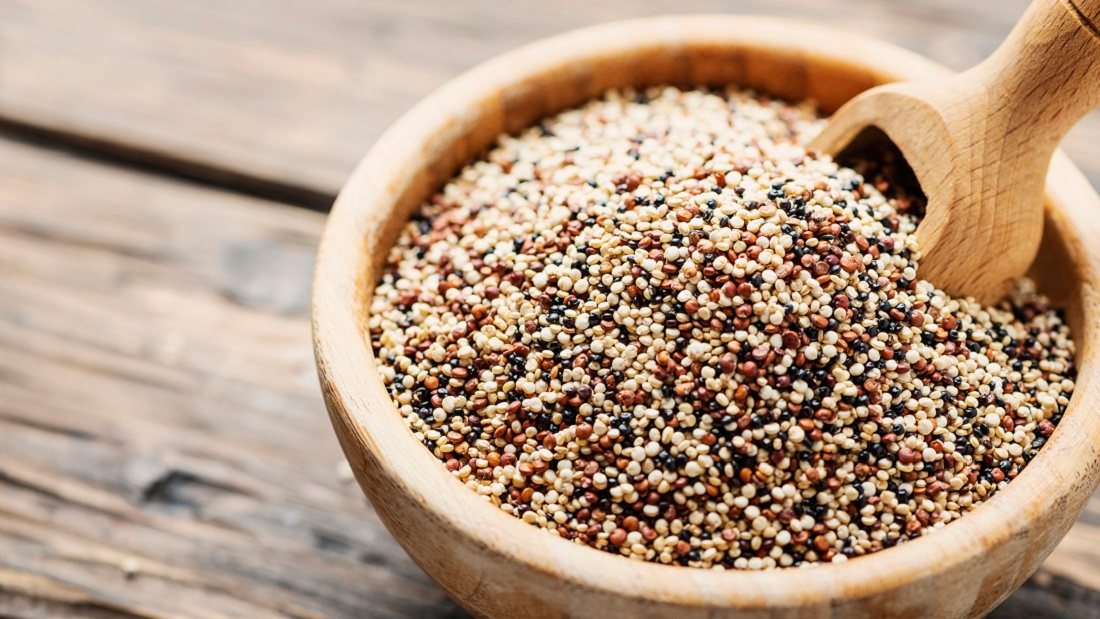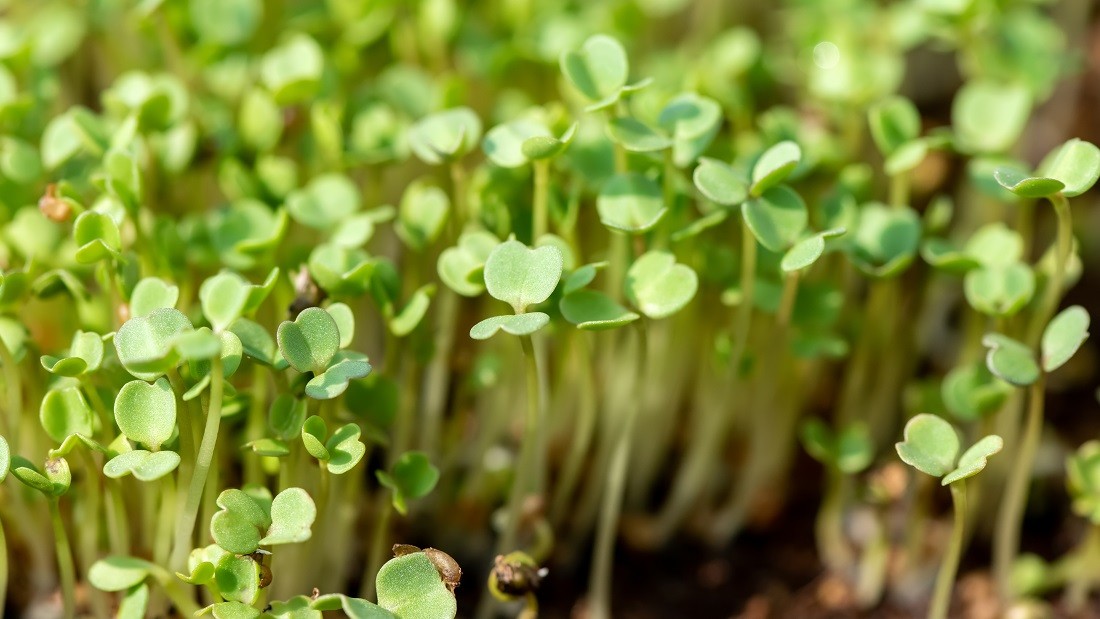Zinc

How much do you need daily?
The amount of zinc you need is about:
- 9.5 milligrams a day for men
- 7.0 milligrams a day for women
The government recommends the following intakes
| Age | Amount of zinc recommended (milligrams per day) |
|---|---|
| 0-6 months | 4.0 |
| 7 months-3 years | 5.0 |
| 4-6 years | 6.5 |
| 7-10 years | 7.0 |
| Males | |
| 11-14 years | 9.0 |
| 15+ years | 9.5 |
| Females | |
| 11-14 years | 9.0 |
| 15+ years | 7.0 |
| During pregnancy | No increase required |
| Breastfeeding | +15 |
Are we getting enough?
The 2016 National Diet and Nutrition Survey confirmed shortfalls in both sexes and every age group. Teenage girls had the lowest levels, with almost a quarter (22 per cent) falling short. Teenage boys weren’t far behind with 17 per cent having low intakes. Six per cent of working-age adults and men over 65 also had low intakes.
Why do we need it??
Zinc is an important mineral necessary for making new cells and enzymes that enable vital reactions in the body. We also need it for processing carbohydrates, fats and protein from food, wound healing and it can help strengthen the immune system and make us better able to fight infection.
Zinc is also crucial to healthy vision and for male reproductive health as it increases sperm count and sperm motility.
The concentration of zinc in plants varies based on levels of the element in soil. However, the average levels seem to be sufficient and it’s perfectly achievable to have adequate zinc intake from plant foods only.
Taking high doses of zinc reduces the amount of copper the body can absorb, which can lead to anaemia and weakening of the bones. You shouldn’t take more than 25 milligrams of zinc a day in supplements.
Do I need a supplement?
No, a healthy vegan diet containing foods listed below on a daily basis will cover your needs.
The best plant sources

The best plant sources of zinc include tempeh – fermented soya beans, wholemeal spaghetti, tofu, quinoa, wheat germ, pumpkin seeds, lentils, couscous, wholegrain rice, cashew nuts, sesame seeds and tahini – sesame seed paste.
Signs of deficiency
Skin problems (eg acne, eczema and rashes) hair thinning, weak immune system, slow wound healing, tiredness, diarrhoea, loss of appetite, mental slowness and impaired vision.
Foods to include
| Food | Milligrams of zinc per portion (grams) | % of recommended daily amount for women (7 milligrams) | % of recommended daily amount for men (9.5 milligrams) |
|---|---|---|---|
| Tempeh – fermented soya beans (100g) | 3.24 | 46 | 34 |
| Wholemeal spaghetti (average portion, 220g) | 2.64 | 38 | 28 |
| Tofu, steamed, fried (typical portion, 100g) | 2.00 | 29 | 21 |
| *Quinoa, cooked (medium portion, 180g) | 1.96 | 28 | 21 |
| Wheat germ (2 tablespoons, 14g) | 1.96 | 28 | 21 |
| Pumpkin seeds (average serving, 28g) | 1.85 | 26 | 19 |
| Lentils, green and brown (120g) | 1.68 | 24 | 18 |
| Couscous, plain, cooked (150g) | 1.35 | 19 | 14 |
| Wholegrain rice, cooked (medium portion, 180g) | 1.26 | 18 | 13 |
| Lentils, red, cooked (120g) | 1.20 | 17 | 13 |
| Cashew nuts (20 nuts, 20g) | 1.18 | 17 | 12 |
| Tahini – sesame seed paste (1 heaped teaspoon, 19g) | 1.03 | 15 | 11 |
| Sesame seeds (1 heaped teaspoon, 19g) | 1.01 | 14 | 11 |
Source: Public Health England: McCance and Widdowson’s The Composition of Foods Integrated Dataset, *USDA Food Composition Databases.
Additional information
Like iron, the bioavailability of zinc may be reduced if there is a high presence of substances that inhibit absorption, like phytate and polyphenols. However, you can limit the effect of these by soaking and sprouting pulses, grains and seeds, and fermenting grain products (using bread rather than crackers). Although zinc may be absorbed at a lower rate from wholegrain bread than white bread (due to the phytates), the higher amount of zinc in wholegrain bread more than compensates for the lower absorption, so you are better off sticking with wholegrain foods.
It has been suggested that vegans with high intakes of unrefined grains might need slightly more zinc than recommended. However, you shouldn’t take more than 25 milligrams of zinc supplements a day, unless advised to by a doctor. Taking high doses can lead to a copper deficiency, anaemia and weakening of the bones.

This post has been categorised in: A-Z of nutrients, A-Zs, Health




